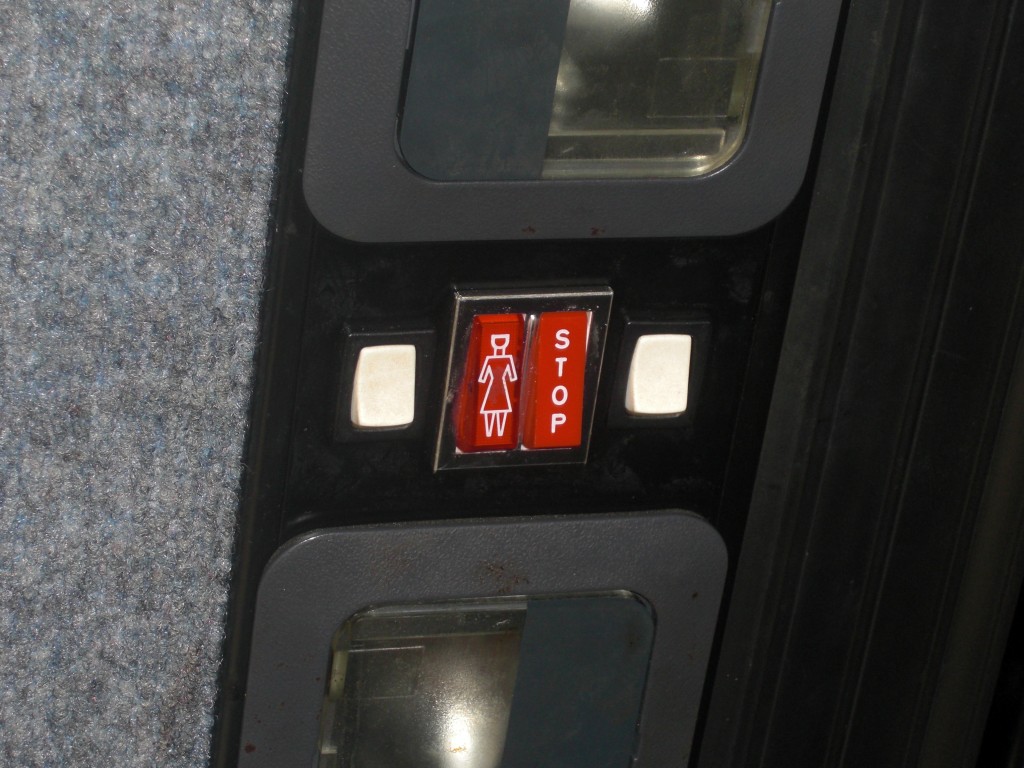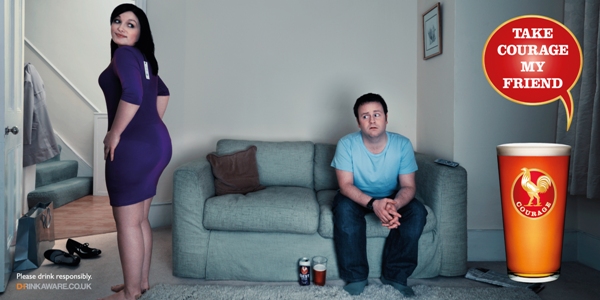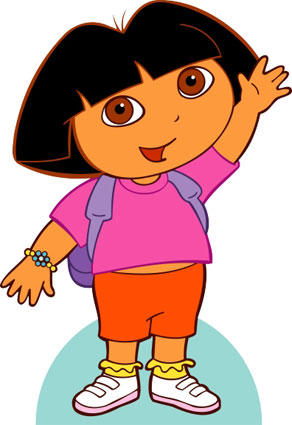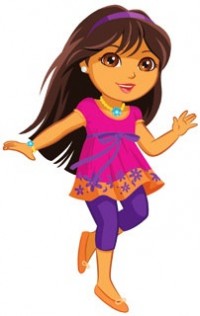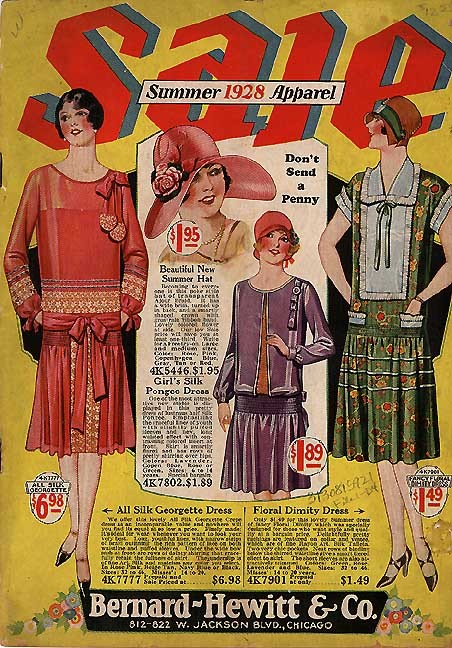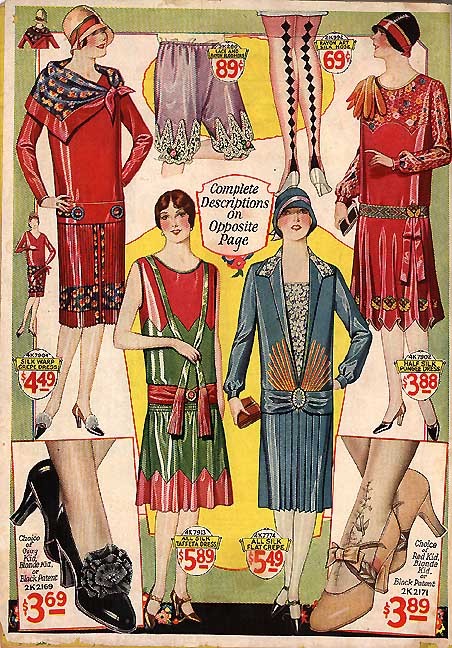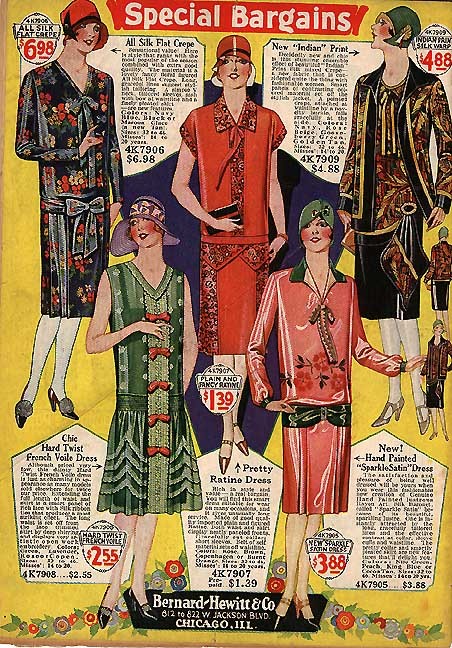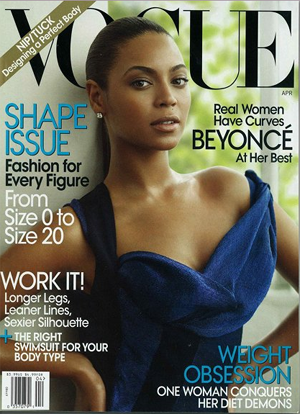
Amanda M. submitted this commercial for a bikini razor and trimmer. Notice how order, beauty, and civility in horticulture is linked with taking the razor and scissors to your pubic hair. God forbid it be unruly, as bushes are in nature.
I suppose I should be glad that none of the bushes just shriveled up and disappeared entirely. And I am.

